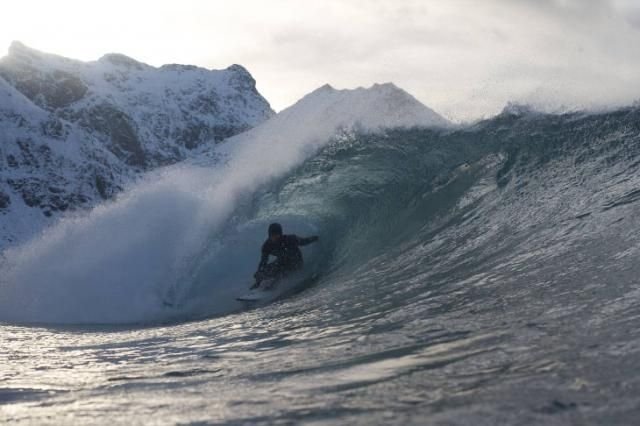|
|
Arctic Surfing
|
In September 2008, the extent of the summer Arctic ice cap was at a near-record low, only 9.01 percent greater than the record low in 2007, and 33.6 percent below the average extent of sea ice from 1979 to 2000.
The current Arctic shrinkage is leading to fears of Arctic methane release. Release of methane stored in permafrost could cause abrupt and severe global warming, as methane is a potent greenhouse gas. On millennial time-scales, decomposition of methane hydrates in the Arctic seabed could also amplify global warming. Previous methane release events have been linked to the great dying, a mass extinction event at the boundary of the Permian and Triassic, and the Paleocene-Eocene thermal maximum, in which temperatures abruptly increased.
Apart from concerns regarding the detrimental effects of warming in the Arctic, some potential opportunities have gained attention as well. The melting of the ice is making the Northwest passage, the shipping routes through the northernmost latitudes, more navigable, raising the possibility that the Arctic region will become a prime trade route. In addition, it is believed that the Arctic seabed may contain substantial oil fields which may become accessible if the ice covering them melts. These factors have led to recent international debates as to which nations can claim sovereignty or ownership over the waters of the Arctic.
|
|









